 1977 BMW 7 Series (E23) Dimensions, Size & Specs
1977 BMW 7 Series (E23) Dimensions, Size & SpecsMeasurements of the 1977 BMW 7 Series, engineered for optimal performance and comfort
| Dimensions | |
|---|---|
| Length: | 4860 mm191.3 in15.9 ft |
| Width: | 1800 mm70.9 in5.9 ft |
| Height: | 1430 mm56.3 in4.7 ft |
| Ground Clearance: | 132 mm5.2 in0.4 ft |
| Weight Specifications | |
| Curb Weight: | 1490-1620 kg3285-3571 lbs |
| Maximal permitted Weight: | 1960-2070 kg4321-4564 lbs |
| Tire Specifications | |
| Rims Sizes: | 14-inch rims:
|
| Tire Sizes: |
|
The BMW 7 Series (E23), produced from 1977 to 1983, marked a significant step in BMW's luxury sedan evolution, embodying both advanced automotive technology and elegant design. This first-generation 7 Series ushered in BMW's flagship model that prioritized comfort, performance, and sophisticated engineering. The E23 measured 4860 mm (191.3 inches) in length, making it a substantial presence on the road, with a width of 1800 mm (70.9 inches) and a relatively low height of 1430 mm (56.3 inches), emphasizing a sleek and aerodynamic profile for its time.
Weight-wise, the curb weight varied between 1490 and 1620 kg (3285 - 3570 lbs), depending on specific configurations and trim levels, while the maximum allowable weight ranged from 1960 to 2070 kg (4321 - 4560 lbs). These figures highlight the solid construction and luxury appointments without compromising agility. The vehicle maintained a ground clearance of 132 mm (5.2 inches), balancing a sporty ride and practical usability.
The E23 rode on rims sized mostly at 6.0 to 6.5J x 14 inches, paired with multiple tire size options including 195/70 R14, 205/70 R14, 205/70 HR14, and more specialized sizes like 220/55 HR390 TRX and 195/70 HR14, which contributed to a comfortable yet dynamic driving experience. This combination of dimensions, weight, and tire technology helped establish the E23 as a front-runner in the executive luxury sedan segment.
Overall, the BMW 7 Series (E23) balanced substantial road presence with refined driving dynamics, making it a benchmark among luxury sedans of its era and setting the foundation for future generations of BMW flagship models.
Discover the standout features that make the 1977 BMW 7 Series a leader in its class
Have a question? Please check our knowledgebase first.
The BMW 7 Series (E23) from 1977 to 1983 has a length of 4860 mm (191.3 inches), a width of 1800 mm (70.9 inches), and a height of 1430 mm (56.3 inches). These dimensions place it firmly in the luxury sedan category, offering a balanced mix of spacious interior and manageable exterior size for its era.
The curb weight of the BMW 7 Series (E23) ranges between 1490 kg and 1620 kg (3285 to 3571 lbs), depending on specific model and equipment. The maximum allowable weight ranges from 1960 kg to 2070 kg (4321 to 4560 lbs), reflecting its capacity to carry passengers and cargo safely while maintaining performance.
The BMW 7 Series (E23) has a ride height or ground clearance of 132 mm (5.2 inches). This relatively low clearance contributes to a sporty and stable ride, improving handling and aerodynamics. However, it also means the car is less suited for rough terrain and requires care on speed bumps or uneven roads.
The BMW 7 Series (E23) was equipped with various tire and rim combinations. Rim sizes include 6.0J x 14 and 6.5J x 14, commonly paired with tire sizes such as 195/70 R14, 205/70 R14, 205/70 HR14, 220/55 HR390 TRX, and 195/70 HR14. This setup was typical for luxury sedans of the late 1970s, balancing comfort and performance.
Yes, the BMW 7 Series (E23) fits into a standard residential garage. With a length of 4860 mm (191.3 inches) and a width of 1800 mm (70.9 inches), it is similar in size to many modern luxury sedans. Most standard garages, which typically accommodate vehicles up to about 6 meters (19.7 feet) in length, will have sufficient space to house this vehicle comfortably.
The BMW 7 Series (E23) was the first generation of the 7 Series, thus it does not have an immediate predecessor in this generation line. However, as BMW’s flagship sedan at the time, it represented a new chapter for the brand in the luxury segment by offering a large and comfortable sedan with modern technology innovations compared to other BMW models preceding it.
Compared to other luxury sedans of its era, the BMW 7 Series (E23) was competitive in size. For example, the Mercedes-Benz W116 S-Class, a key rival, measured approximately 5050 mm (198.8 inches) in length and 1820 mm (71.6 inches) in width, making the E23 slightly shorter and narrower. This slightly smaller footprint gave the E23 a sportier and more agile feel while maintaining ample interior space.
The BMW 7 Series (E23), with its generous 4860 mm length and 1800 mm width, provides a spacious interior for front and rear passengers. The car's width allows for comfortable seating arrangement with ample shoulder room. The sedan's design focused on luxury and comfort, featuring ergonomically placed controls and quality materials that contributed to a refined driving and riding experience typical of flagship vehicles of the time.
The BMW 7 Series (E23) was notable for introducing several innovations in BMW’s lineup, including onboard computers, service interval indicators, and complex climate control systems. Its distinctively large kidney grille, sharp lines, and elegant silhouette set a new styling standard for BMW luxury sedans. The model balanced classical luxury and emerging technology, establishing BMW’s modern flagship identity.
With a curb weight between 1490 and 1620 kg (3285 to 3571 lbs), the BMW 7 Series (E23) maintained a balance between structural rigidity and agility. The weight contributed to a stable ride with good handling, especially considering the technology of the late 1970s. While heavier than smaller sedans, its weight complemented powerful engine options and a well-tuned suspension, resulting in a luxurious yet dynamic driving experience consistent with BMW’s performance-oriented philosophy.
Discover similar sized cars.
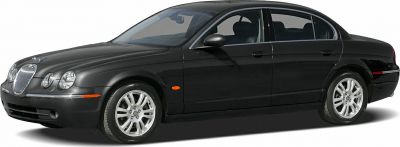
| Production: | 1998-2007 |
|---|---|
| Model Year: | 1999 |
| Length: | 4861 mm191.4 in |
| Width: | 1819 mm71.6 in |
| Height: | 1441 mm56.7 in |
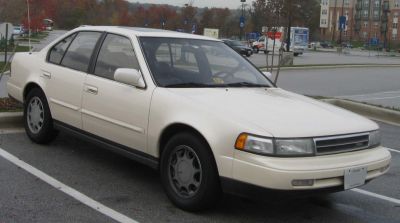
| Production: | 1988-1995 |
|---|---|
| Model Year: | 1989 |
| Length: | 4780 mm188.2 in |
| Width: | 1760 mm69.3 in |
| Height: | 1405 mm55.3 in |
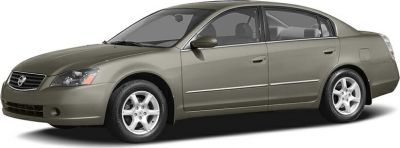
| Production: | 2002-2006 |
|---|---|
| Model Year: | 2002 |
| Length: | 4860 mm191.3 in |
| Width: | 1790 mm70.5 in |
| Height: | 1470 mm57.9 in |
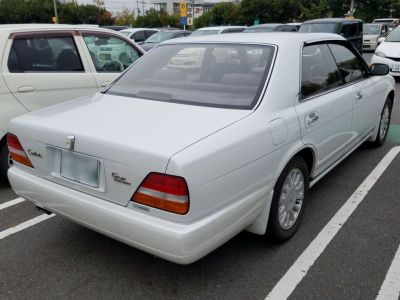
| Production: | 1993-1995 |
|---|---|
| Model Year: | 1994 |
| Length: | 4800 mm189.0 in |
| Width: | 1745 mm68.7 in |
| Height: | 1410 mm55.5 in |
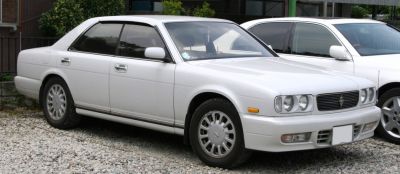
| Production: | 1991-1995 |
|---|---|
| Model Year: | 1992 |
| Length: | 4780 mm188.2 in |
| Width: | 1745 mm68.7 in |
| Height: | 1410 mm55.5 in |
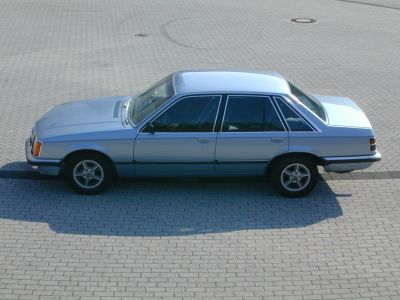
| Production: | 1978-1982 |
|---|---|
| Model Year: | 1978 |
| Length: | 4811 mm189.4 in |
| Width: | 1728 mm68.0 in |
| Height: | 1415 mm55.7 in |
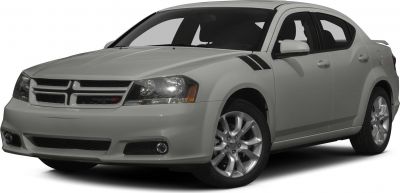
| Production: | 2010-2014 |
|---|---|
| Model Year: | 2011 |
| Length: | 4892 mm192.6 in |
| Width: | 2064 mm81.3 in |
| Height: | 1483 mm58.4 in |
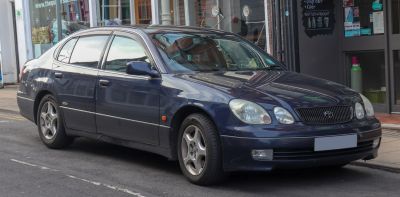
| Production: | 1997-2005 |
|---|---|
| Model Year: | 1998 |
| Length: | 4865 mm191.5 in |
| Width: | 1800 mm70.9 in |
| Height: | 1435 mm56.5 in |
